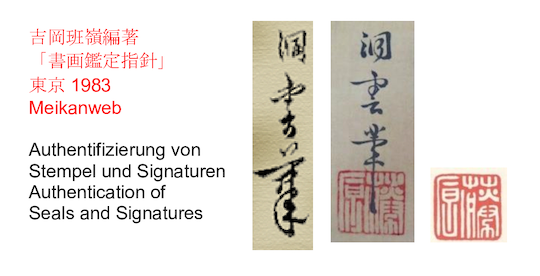Guignard Kyoto Collection
Grapes with Squirrel 葡萄と栗鼠 | Kanō Dōun (also Tōun) 狩野洞雲 | 1625-1694
Grapes with Squirrel 葡萄と栗鼠 | Kanō Dōun (also Tōun) 狩野洞雲 | 1625-1694
Couldn't load pickup availability
Kanō Dōun led an eventful life. He came from a family of artisans and became a student of the greatest Kanō master of the 17th century, Kanō Tanyū. He was even adopted by Tanyū, but when Tanyū himself had a son, Dōun could no longer inherit his legacy. Dōun went on to found the Suruga Kanō school, which carried out important commissions for the Shogunate, and, with his numerous awards, is considered one of the great masters of this artistic institution.
Kanō Dōun demonstrates a high degree of mastery of the compositional techniques of the Kanō school. A detailed formal analysis reveals that the painting is complexly structured in a classical manner, composed of several triangular forms. Even the overall shape of the painting, with a tendril rising high to the right and another descending to the right, can be perceived as the two legs of a triangle.
One of the triangular legs, pointing upwards, playfully dissolves into a tendril at the end, while the lower one is a somewhat stronger branch from which magically painted grapes hang.
Within this intricate geometric composition, the charming squirrel, a berry thief, fits in beautifully. Its back and bushy tail parallel the playful tendril rising to the upper right, while its gaze follows the downward slope of the tendril to the right. The vibrant diversity of the grapes is reminiscent of the influential Chinese painter of the Song Dynasty, Mu Qi (1210-1269), who was a major influence on ink painting in Japan from the 15th century onward (see his most famous painting of six persimmons).
Strict composition combined with delicacy and buoyancy is also a hallmark of good art in Japan.
The original old mounting deserves a mention: The dark silk of the picture frame (chūmawashi) is decorated with precious gold prints of flowers and dragon medallions, such as are rarely found.


















